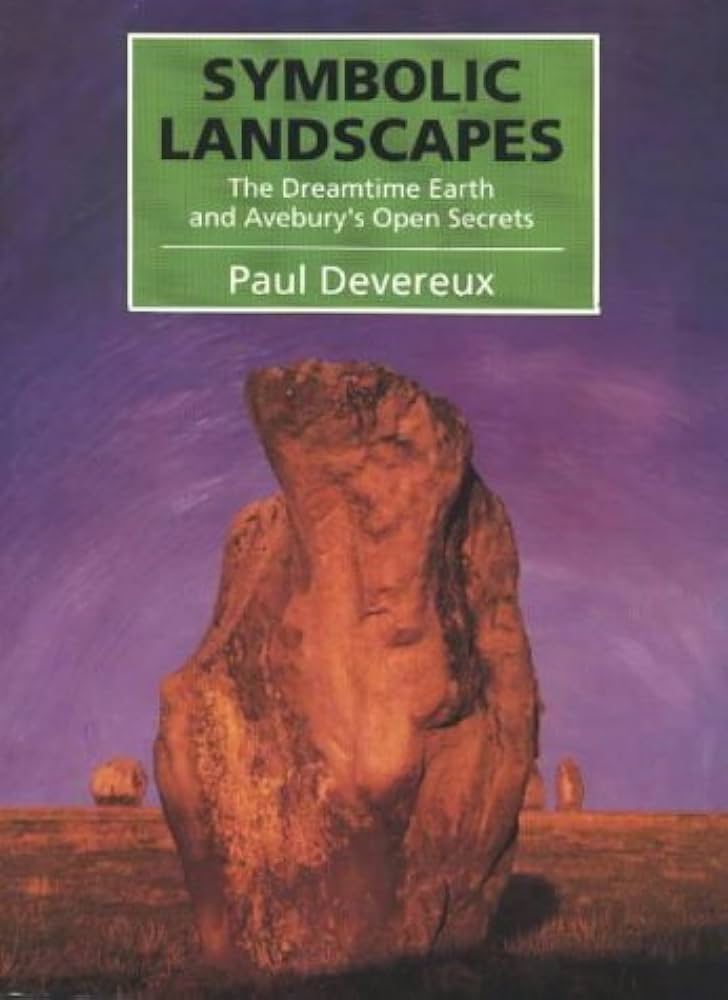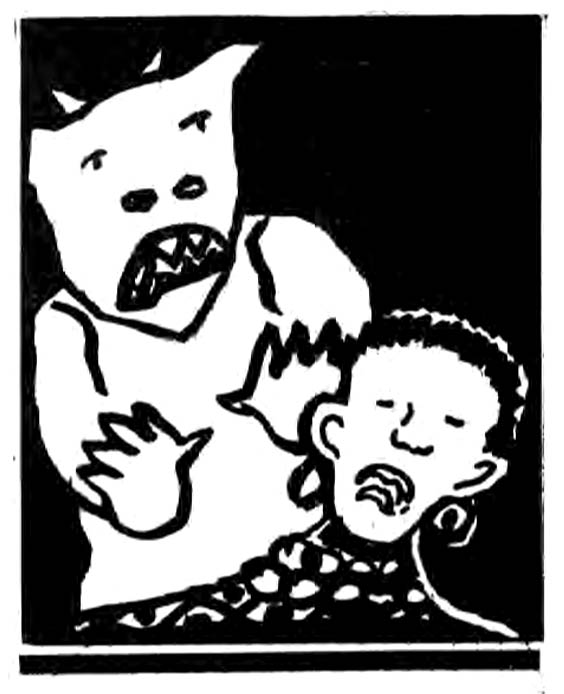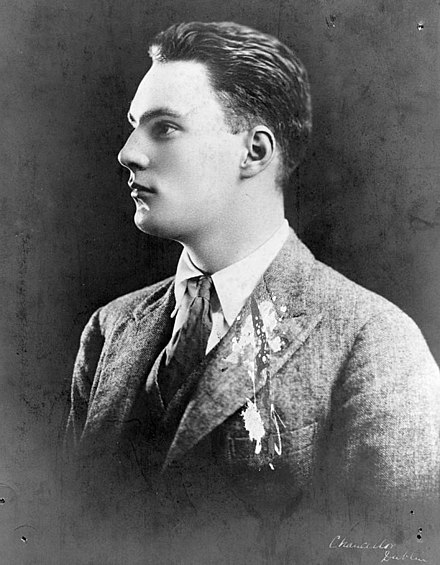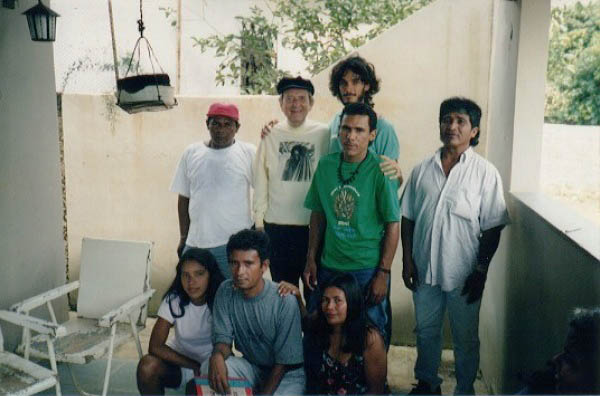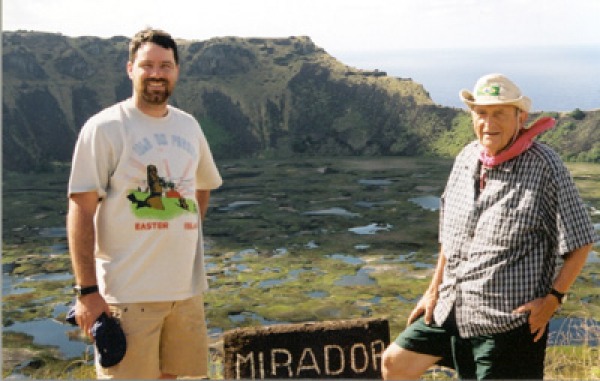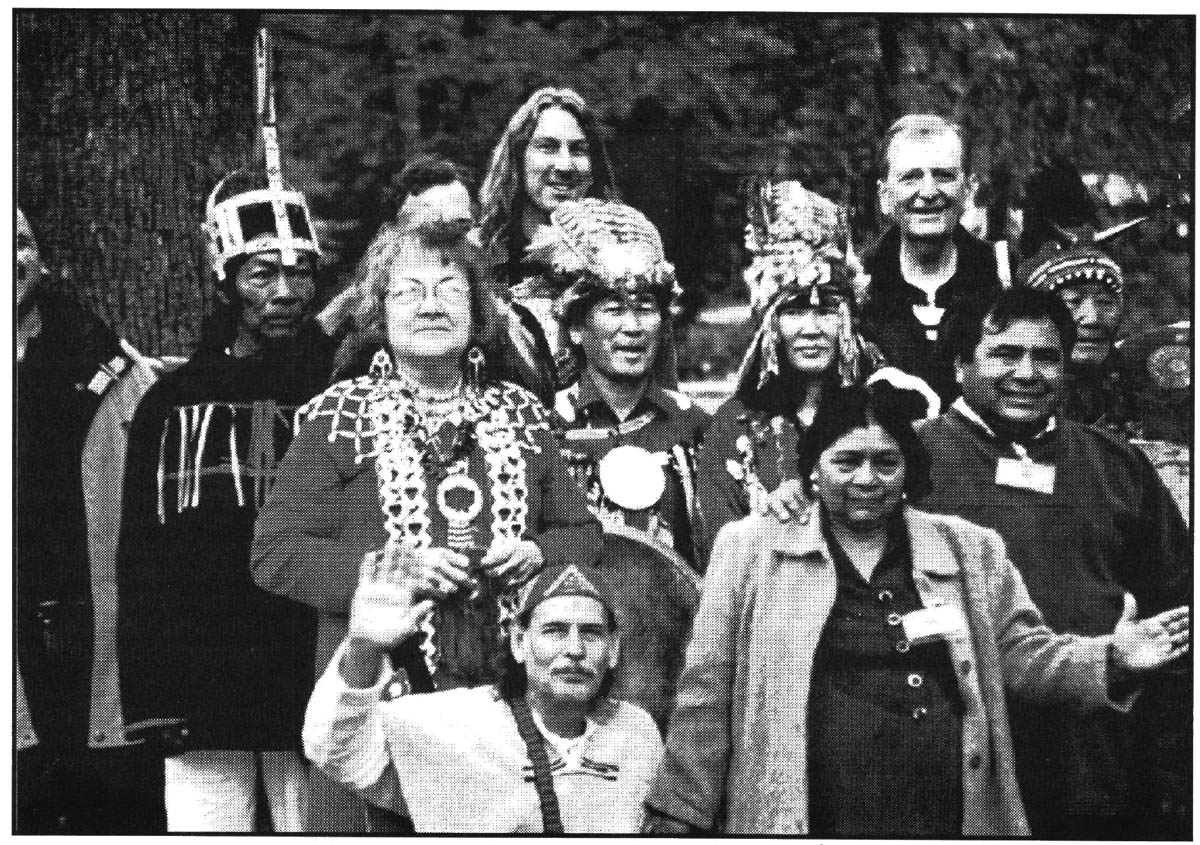Paradigms are world views that arise from epistemologies which, in turn, are generated by the motivations that control them. In the 17th century, Europe adopted the epistemology of empiricism (i.e., the modern scientific method) that led to scientific principles that purport to be repeatable and dependable. To a significant degree, science was able to control nature, predict behavior, and explain a multitude of phenomena.
The modern paradigm claims to have replaced mythology as an explanatory structure. Indeed, it equates the term "myth" with the notion of falsehood. However, in its more traditional meaning, a myth is an imaginative statement, story, or organizing belief that addresses existential concerns and that has behavioral consequences, guiding human decisions and activities. In former times, cultural mythologies performed four functions:
First, they helped people comprehend and explain the natural environment in an understandable way;
Second, they provided a pathway for carrying people through the succeeding epochs of their lives;
Third, they established social roles that facilitated congenial personal relationships and fulfilling work patterns;
Fourth, they enabled people to feel that they were participating in the vast wonder and perplexity of the cosmos.1
Mythologies varied during the classical and medieval eras but still encompassed all four of these functions.
Modern scientists rarely comprehend that they are fulfilling a mythic function by providing explanations of the natural environment. Ancient observers believed that lightning was produced by Zeus, Jupiter, or Thor throwing bolts to earth from the heavens. The modern observer believes that lightning is an electrical discharge in the atmosphere caused by the electric charge separation produced in thunderstorm clouds. The latter has replaced the former because of its economy and applicability, but both concepts can be seen as mythic in nature.
Primitive or totemic thought conceptualized people as an integral part of nature; knowledge was mediated through tribal shamans who heard "voices," saw "visions," and dreamed of "other realities." Later, for Greeks, Romans, and other people in the classical era, knowledge was obtained through rationally constructed metaphysical systems. In medieval times, the Western world held knowledge to be "scholastic," i.e., it was to be found in the correct interpretation of sacred revealed scripture.
The modern, empirical approach to knowledge (proper application of the scientific method) regarded the previous approaches as sheer superstition. However, each of these epistemologies can be seen as mythic in nature, as positing an "absolute truth," much like the Holy Grail or the Golden Fleece, a "truth" that could be obtained through a heroic journey that would penetrate the changing flux of experience and disclose a universal, underlying essence.
Modern science has traveled one mythic path quite successfully insofar as it has provided explanations for observable phenomena. In addition, it has accelerated the abandonment of ancient and medieval beliefs that produced suffering for certain individuals and social groups. No longer are young people sacrificed to ensure the sun's reappearance following an eclipse. Nor are women burned with the corpses of their husbands during funeral ceremonies. With increasing rarity do rigid caste systems and institutionalized slavery negate or warp the expression of affiliation and talent. And it is uncommon today for people to be maimed, tortured, or killed to satisfy the perceived needs of a bloodthirsty deity.
Some modern totalitarian and imperialistic states, both deliberately and unwittingly, have attempted to produce all-embracing mythologies using science, technology, and economics for this purpose. Entry into the state-approved political party or economic system is seen as a rite of passage. Work and family are given heroic status through awards heralding a worker's surpassing of production goals or the mother's production of an approved number of children. The founders of the state, or the authors of the political philosophy underlying the social structure of that state, become God-like in nature.
Aldous Huxley satirized this trend in his novel Brave New World.2 In his counter-Utopia, science and technology had produced a society that fervently believed in its motto: "Community, Identity, Stability." Individuality was a thing of the past. Human beings were manufactured through mass production methods, and conditioned to enjoy their social states. From infancy, "Beta" workers were taught to repeat, "I'm glad I'm a Beta," and the other social classes, from the Alpha Plus intellectuals to the Epsilon Minus morons, were similarly conditioned.
With these exceptions in both fantasy and reality, modern science has not created new rituals to mark life's developmental stages; it has not found ways to fulfill people's needs for interpersonal intimacy or meaningful work, or their hunger for spiritual fulfillment through unity with a schema greater than themselves. Modern science, then, can be conceptualized as an incomplete mythology—one that has impressive explanatory power but that is better at demolishing older mythic constructs than establishing new concepts to replace them. In other words, science fulfills humankind's needs for understanding natural phenomena, but rarely addresses itself to the developmental, social, and spiritual needs that traditionally were fulfilled by cultural myths.
There is a limit to the guidance that science, industrialization, and technology can provide, at least in their present forms. For example, they have little to say about the spiritual nature of human beings.3 We can use the word "spiritual" to refer to those human experiences that are accorded an ultimate value. They may be "numinous" (filled with "numen" or divine power), "transpersonal" (extending beyond personal concerns into those of all humanity), "transcendent" (establishing contact with higher knowledge), and "sacred" (being worthy of reverence, devotion, or worship).
Many people have attempted to reclaim the spiritual dimension through dream work. Dreams and myths both emerge from the imaginal realm of the human psyche, what Jung called the 'collective unconscious'. Indeed, one can only speculate on how many cultural myths began as a dream, perhaps of a tribal shaman who intuitively evoked a narrative that served a survival function for tribal members: directing them to game, alerting them to a change in the weather, assisting them in their struggle to survive. Dreams consist of images expressed in narrative form while the dreamer is asleep. Although dreams are physiologically generated, they often serve psychological purposes and in tribal times could have served social purposes as well.
Dick McLeester was one of the first dreamworkers to link "personal myths" and dreams, stating: "In dreams we can discover our 'personal myth', the story underlying our daily lives".4 Although cultural myths, to a large degree, have become fractionated, conflicted, and discredited, their guiding and sacralizing functions are still important. Our own 'inner shamans' may well rise to the occasion of remythologizing our lives through dreams, and providing them with a richness that technology has for too many decades left void.
Campbell, Joseph, The Hero with a Thousand Faces, (2nd ed.) (New York: Bantam Books, 1984), p. 34
Huxley, Aldous, Brave New World (New York: Doubleday Doran, 1932).
Beloff, John, "Historical Overview" in B. W. Wolman Handbook of Parapsychology (pp. 3-24) (New York: Van Nostrand Reinhold, 1977), p. 21.
McLeester, Dick, Welcome to the Magic Theater: A Handbook for Exploring Dreams (Worcester, MA: Status Press, 1980), p. 8




